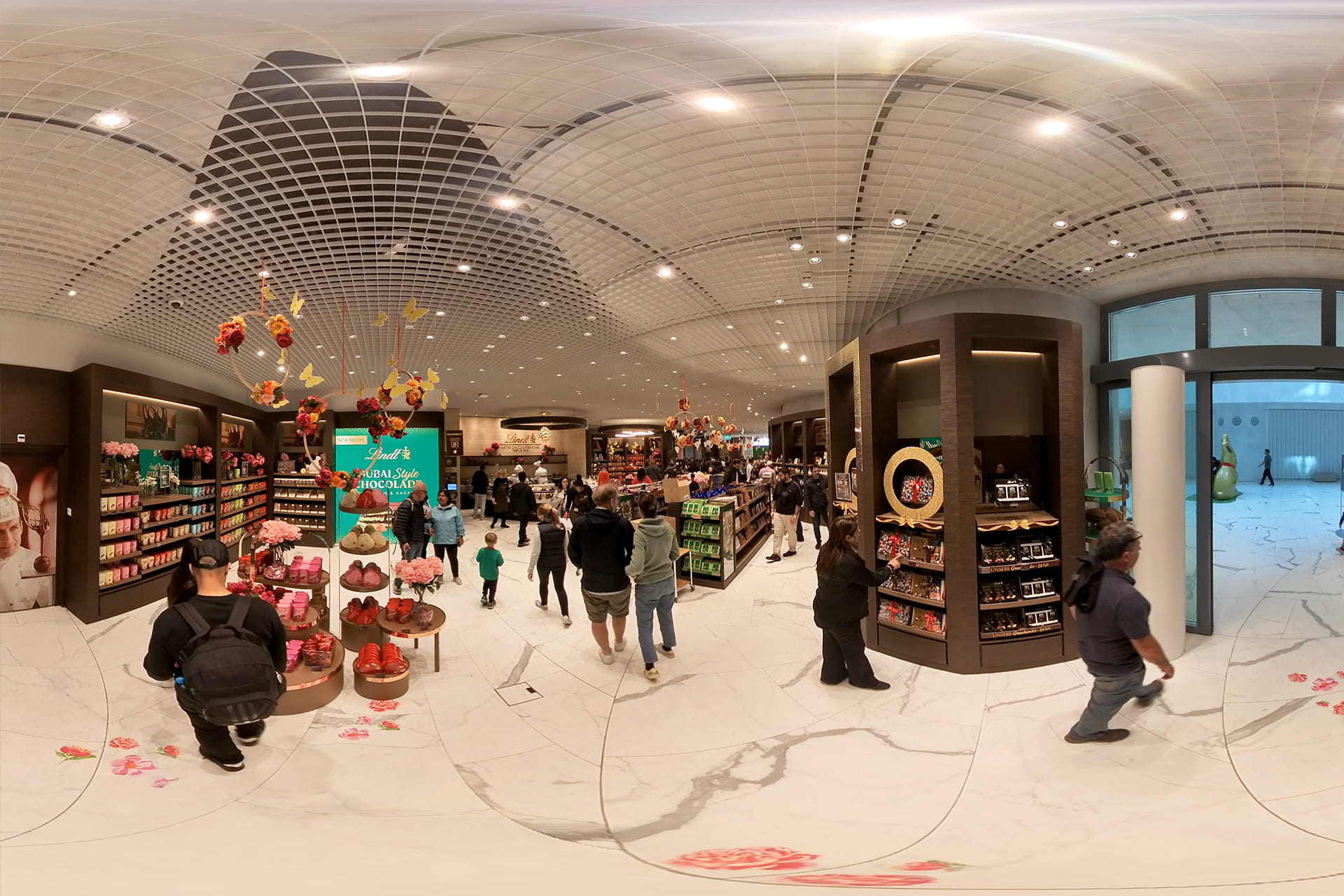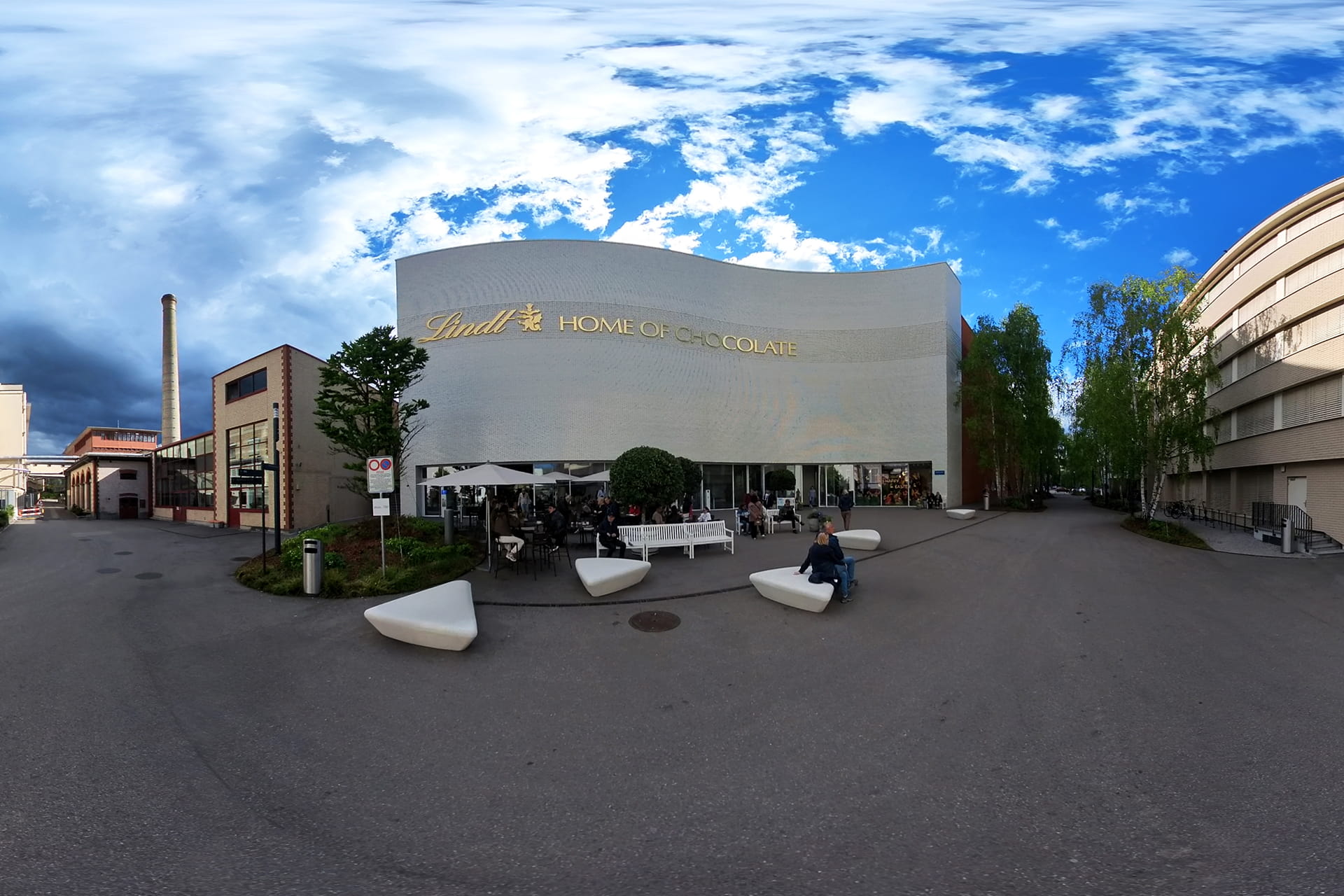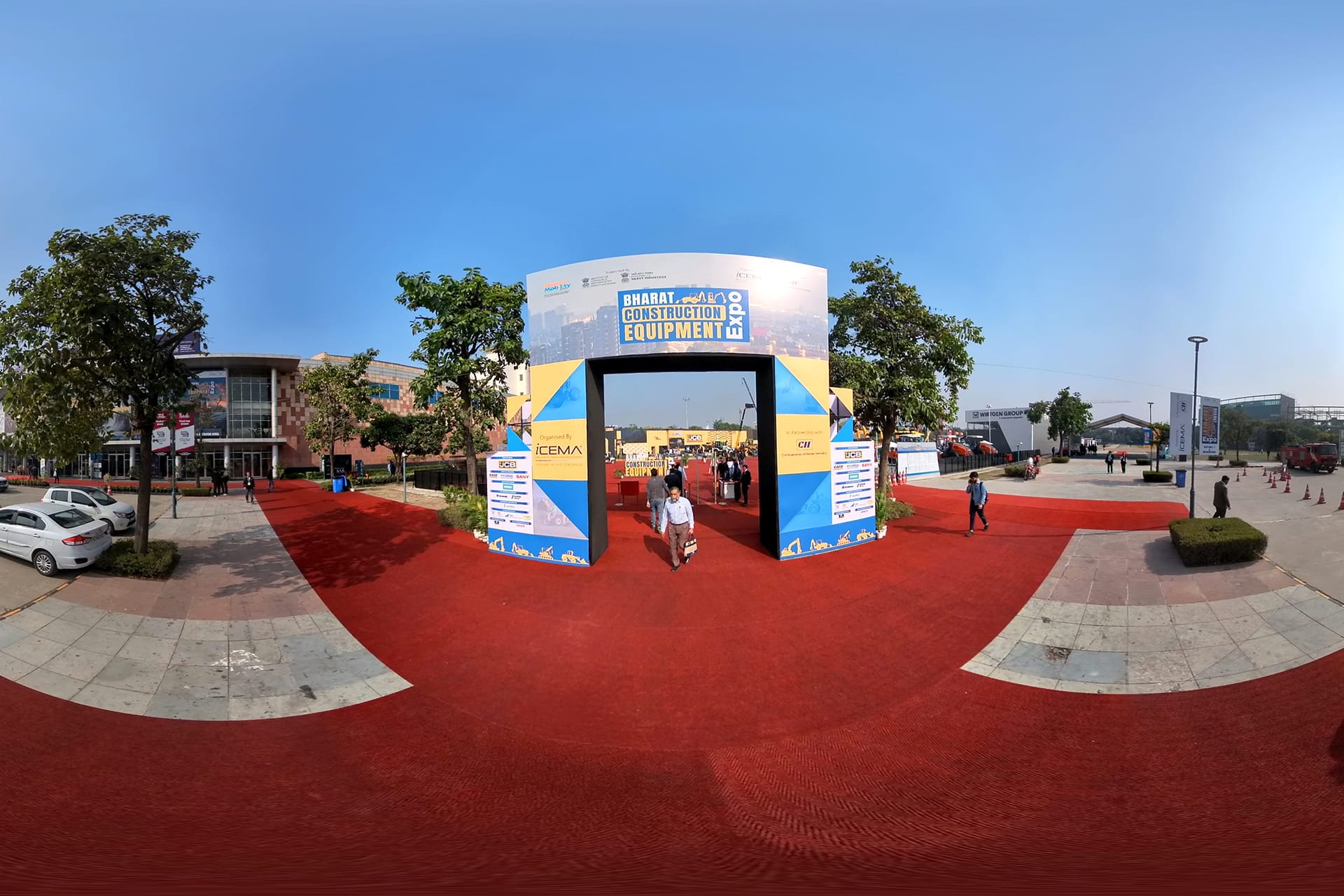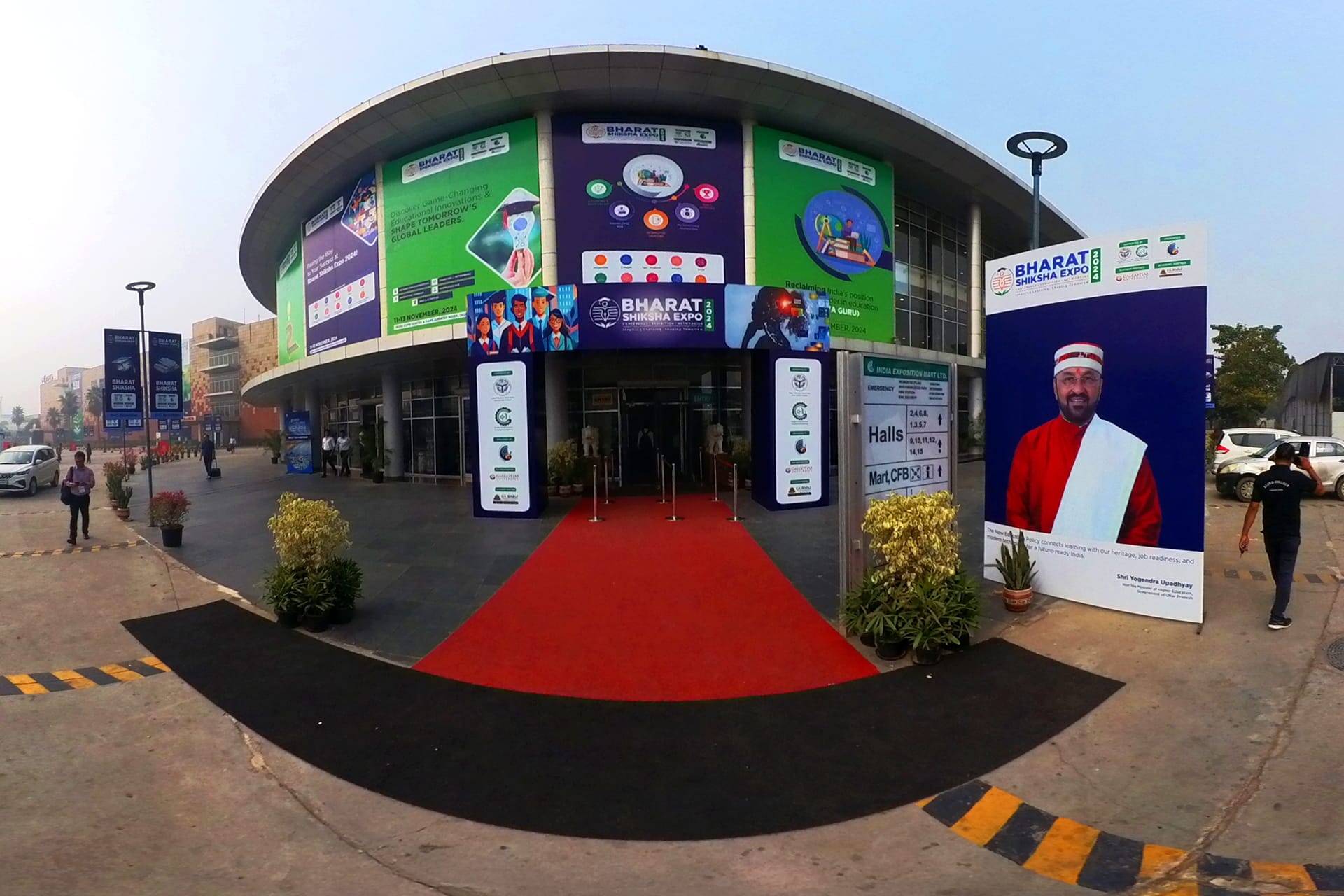The ROI of 360 Virtual Tours: Are They Worth the Investment?
In today’s digital age, businesses are constantly seeking innovative ways to engage customers and stand out from the competition. One such tool that has been gaining traction across various industries is the 360 virtual tour. These immersive, interactive tours allow customers to explore a space from the comfort of their own homes, providing a unique and engaging experience. However, many business owners find themselves asking, “Is investing in a 360 virtual tour worth it?” In this blog, we’ll dive into the return on investment (ROI) of 360 virtual tours and explore why they could be a valuable addition to your marketing strategy.
What Are 360 Virtual Tours?
Before we discuss ROI, let’s quickly define what 360 virtual tours are. A 360 virtual tour is a digital experience that allows users to virtually navigate through a space in every direction. Unlike static photos or videos, these tours provide a full panoramic view of a location, allowing viewers to look around as if they were physically present. This technology has become popular in industries such as real estate, hospitality, retail, education, and more.
The Cost of Creating a 360 Virtual Tour
To understand the ROI of a 360 virtual tour, it’s essential to first consider the costs involved. The cost of creating a 360 virtual tour can vary depending on several factors, including the size and complexity of the space, the level of detail required, and the experience of the service provider. Typically, the cost components include:
- Equipment and Technology: High-quality 360-degree cameras, lenses, and software are necessary to capture and edit the virtual tour.
- Professional Services: Hiring experienced photographers, videographers, and editors to create a polished and professional-looking tour.
- Hosting and Maintenance: Some virtual tours require ongoing hosting and maintenance fees to keep the tour live and accessible on the internet.
- Customization and Features: Adding interactive elements, such as hotspots, informational pop-ups, or multimedia integration, can increase the cost but also enhance the tour’s value.
While these costs might seem high upfront, the potential benefits and returns can make this investment worthwhile.
The Benefits of 360 Virtual Tours
- Increased Customer Engagement
One of the most significant benefits of 360 virtual tours is their ability to engage customers. By providing an interactive and immersive experience, virtual tours encourage visitors to spend more time on your website, exploring the various aspects of your business. This increased engagement can lead to higher conversion rates, as potential customers gain a better understanding of what you have to offer.
- Improved Conversion Rates
Businesses that use 360 virtual tours often see a boost in conversion rates. For example, in real estate, properties with virtual tours typically receive more inquiries and sell faster than those without. In the hospitality industry, hotels with virtual tours can experience an increase in bookings as prospective guests feel more confident about what to expect. By allowing customers to “experience” your business or product virtually, you’re more likely to convert interest into action.
- Enhanced Customer Trust and Confidence
360 virtual tours build trust by providing a transparent and authentic view of your business or space. Customers appreciate the opportunity to explore a location in detail before making a decision, which can help reduce doubts and increase confidence in their choice. This is particularly beneficial in industries where customers are making significant investments, such as real estate or travel.
- SEO Benefits
From an SEO perspective, 360 virtual tours can improve your website’s search engine rankings. Search engines like Google favor content that keeps visitors engaged and encourages them to spend more time on a website. The immersive nature of virtual tours can reduce bounce rates and increase dwell time, both of which are positive signals for search engines. Additionally, embedding virtual tours in your Google My Business profile can enhance local SEO efforts, making your business more visible in local search results.
- Versatile Marketing Tool
360 virtual tours are a versatile marketing tool that can be used across various platforms. They can be embedded on your website, shared on social media, integrated into email marketing campaigns, or even used in presentations and virtual events. This flexibility allows you to maximize the reach and impact of your investment, attracting a broader audience and generating more leads.
- Stand Out from Competitors
In a competitive market, differentiating your business is key to attracting customers. Offering a 360 virtual tour sets your business apart by showcasing your commitment to innovation and customer experience. It shows potential customers that you are forward-thinking and willing to invest in cutting-edge technology to provide them with the best possible experience.
Calculating the ROI of 360 Virtual Tours
To determine whether a 360 virtual tour is worth the investment, businesses should calculate the potential ROI. Here’s how to approach it:
Identify Your Goals: Start by identifying what you hope to achieve with the virtual tour. Is it to increase website engagement, boost conversion rates, or enhance customer trust? Clear goals will help you measure success.
Estimate the Costs: Calculate the total cost of creating and maintaining the virtual tour, including equipment, professional services, hosting, and any additional features.
Measure the Benefits: Track key performance indicators (KPIs) such as website traffic, time on site, bounce rates, conversion rates, and customer feedback before and after implementing the virtual tour. This data will help you assess the impact of the tour on your business.
Calculate ROI: Subtract the total cost of the virtual tour from the estimated benefits (e.g., increased sales, reduced bounce rates) and divide by the total cost. The result will give you an ROI percentage.
For example, if your virtual tour costs $5,000 and you see an increase in sales valued at $15,000 after implementation, your ROI would be:
ROI = ($15,000 - $5,000) / $5,000 = 2 or 200%
Real-Life Examples of ROI from 360 Virtual Tours
Many businesses have reported significant returns on their investments in 360 virtual tours. For instance:
- Real Estate: Agents have seen properties with virtual tours sell up to 31% faster and at higher prices than those without.
- Hospitality: Hotels with virtual tours report up to a 67% increase in bookings, as guests feel more assured about their stay.
- Retail: Retailers using virtual tours for their stores have noted a 20% increase in online sales, as customers can virtually explore products in detail before purchasing.
Conclusion
The ROI of 360 virtual tours can be substantial, making them a worthwhile investment for businesses looking to engage customers, improve conversions, and stand out in a competitive market. While there are upfront costs, the potential benefits in terms of increased sales, enhanced customer trust, and improved SEO performance often outweigh these expenses. If you’re considering a 360 virtual tour for your business, now is the time to explore the possibilities and see how this innovative tool can drive growth and success.
By investing in a 360 virtual tour, you're not just enhancing the customer experience; you're positioning your business at the forefront of digital marketing innovation. Don’t miss out on the opportunity to showcase your business in the best light possible and gain a competitive edge in your industry.










